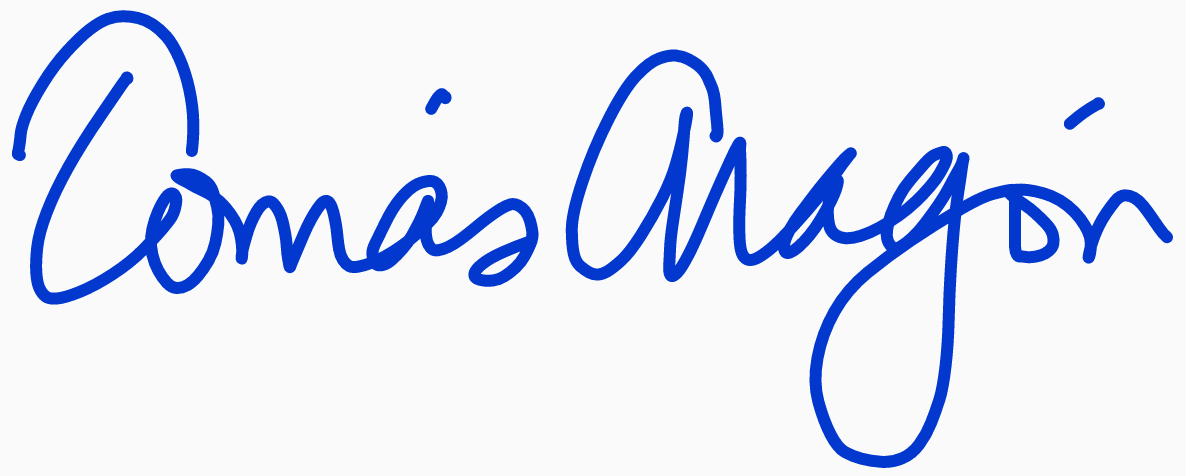State Public Health Officer Order for COVID-19 Disease Control & Prevention
To protect all Californians, it is important to continue to control the spread of COVID-19 in our homes, workplaces, and communities. In order to detect infections early and limit transmission of the disease, public health officials across the state have undertaken a multi-pronged approach, which includes encouraging vaccination and boosters, offering and promoting testing and treatment, promoting public health practices like mask wearing, and improved indoor ventilation, and supporting recommended isolation of those infected and appropriate testing and masking of those exposed to COVID-19.
This update brings California Department of Public Health (CDPH) outbreak definition for non-healthcare settings into alignment with updated Council of State and Territorial Epidemiologists’ definitions as well as CDPH’s current healthcare outbreak definition and reflects the shortened incubation period noted with the Omicron variant (average 3.4 days) compared to earlier variants.
CDPH continues to monitor the science and data that continue to evolve regarding Sars CoV-2 virus, and to assess conditions on an ongoing basis. California must remain vigilant and for these reasons, in order to continue to mitigate the spread and impact of COVID-19 disease, consistent public health definitions informing COVID-19 disease control and prevention remain necessary at this time.
NOW, THEREFORE, I, as State Public Health Officer of the State of California, order:
1. All individuals should follow any recommendations in the When and Why to Wear a Mask issued by the California Department of Public Health. I will continue to monitor the scientific evidence and epidemiological data and will amend this guidance as needed by the evolving public health conditions and recommendations issued by the federal Centers for Disease Control & Prevention (CDC) and other public health authorities.
2. For the purposes of the California Department of Public Health's recommendations regarding isolation and quarantine for persons infected with or exposed to COVID-19 and outbreaks, the following definitions apply:
Spaces that are separated by floor-to-ceiling walls (e.g., offices, suites, rooms, waiting areas, bathrooms, or break or eating areas that are separated by floor-to-ceiling walls) must be considered distinct indoor airspaces.
For the purposes of identifying close contacts and exposures, symptomatic and asymptomatic confirmed cases who end isolation in accordance with CDPH Isolation and Quarantine Guidance are no longer considered to be within their infectious period.
For the purposes of defining an outbreak in non-healthcare settings, such as to determine when employee COVID-19 cases are part of an exposed group, the following definition shall apply:
3. The California Department of Public Health will continue to offer public health recommendations and guidance related to COVID-19 based on the scientific evidence and epidemiological data. I strongly encourage Californians to follow such guidance to keep themselves, their families, and their communities healthy.
4. This Order supersedes the March 3, 2023, State Public Health Officer Order, the June 8, 2022, State Public Health Officer Order, the August 28, 2020, State Public Health Officer Order, the July 13, 2020, State Public Health Officer Order, the May 7, 2020, State Public Health Officer Order, and the March 19, 2020, State Public Health Officer Order.
5. This Order goes into effect on June 20, 2023, at 12:01 a.m.
6. This Order is issued pursuant to Health and Safety Code sections 120125, 120140, 120175,120195 and 131080 and other applicable law.

Tomás J. Aragón, M.D., Dr.P.H.
Director & State Public Health Officer
California Department of Public Health